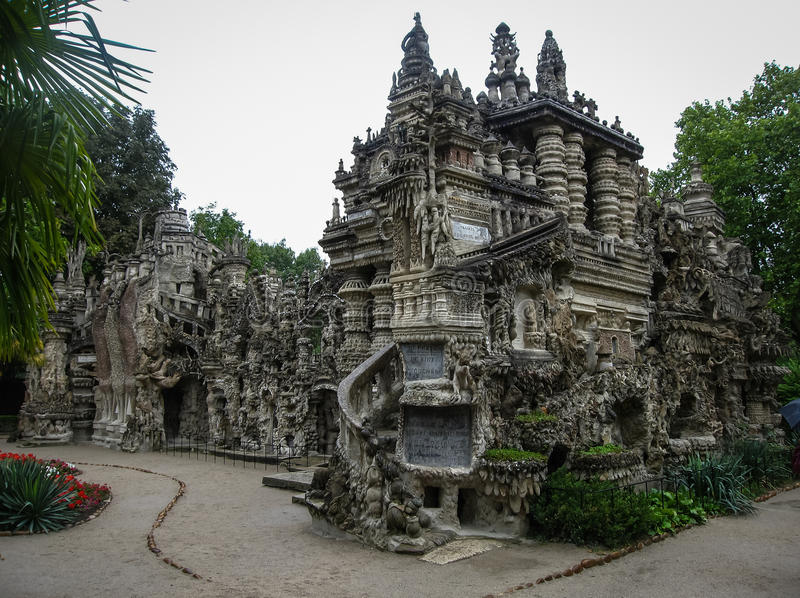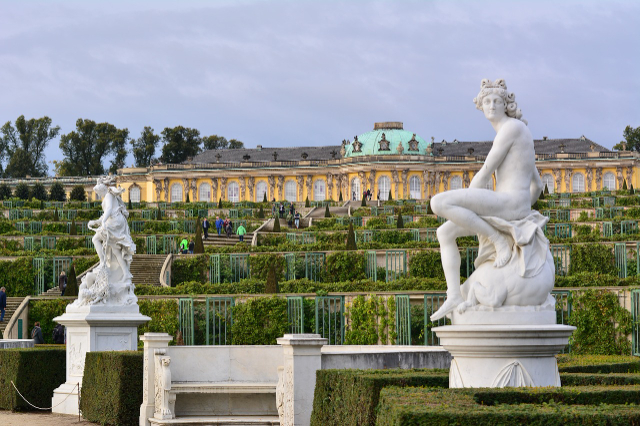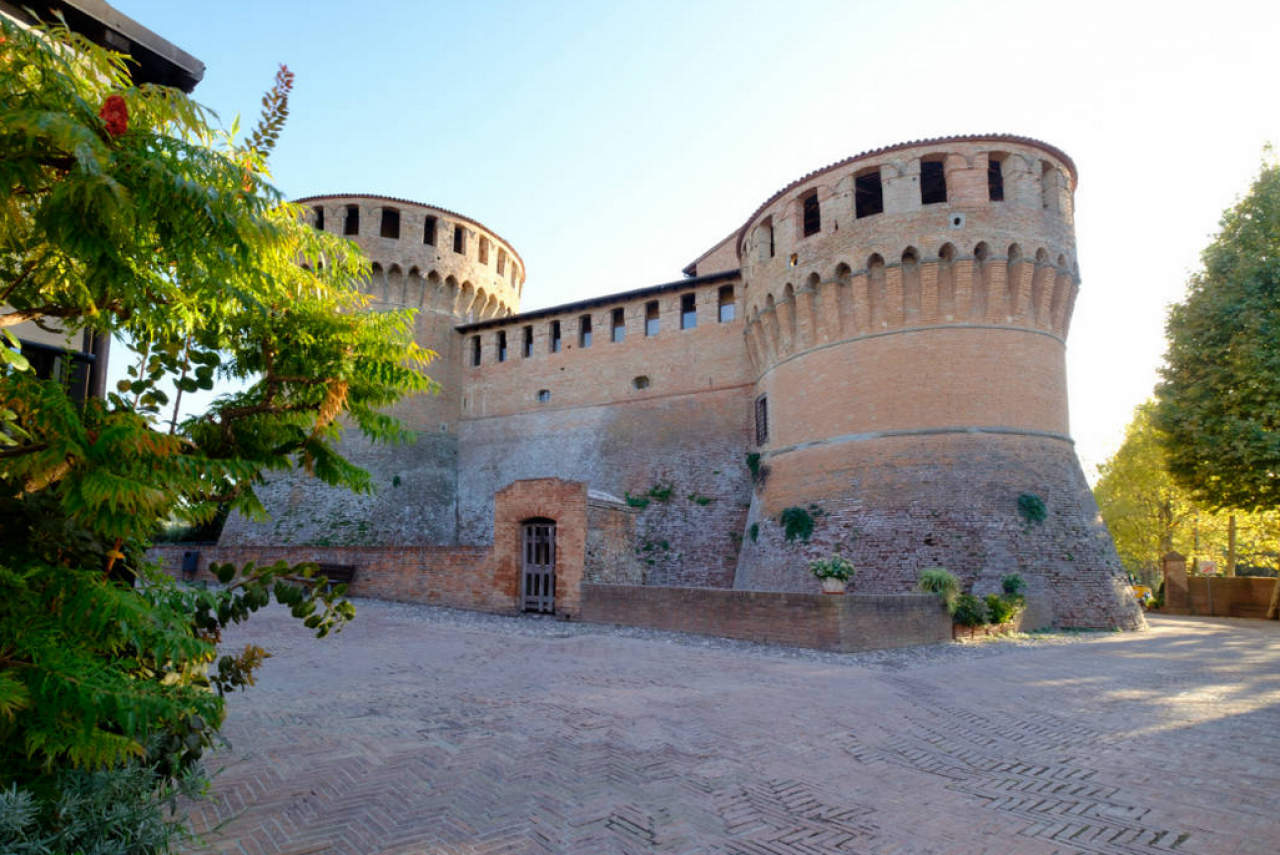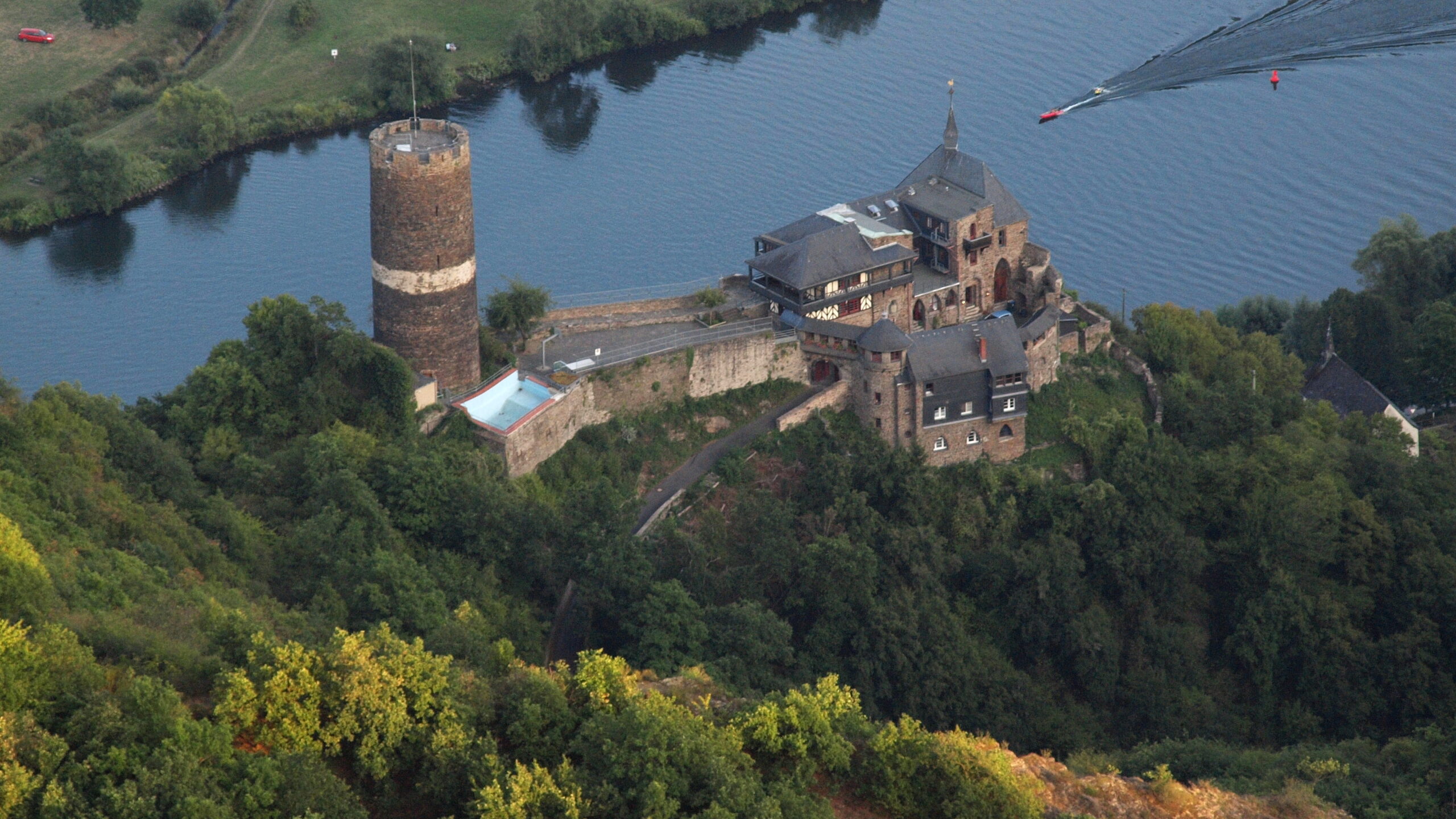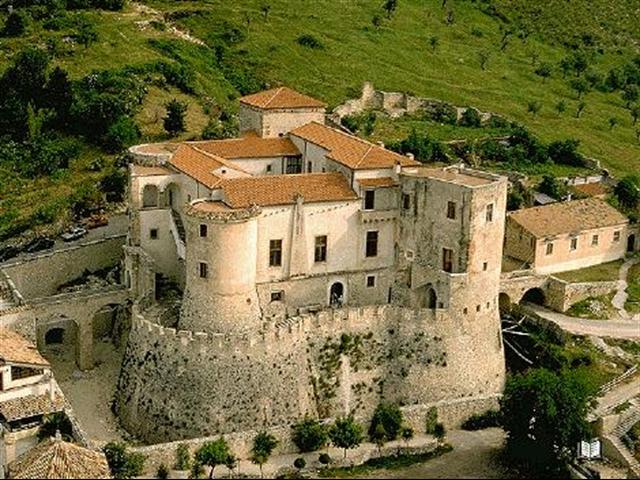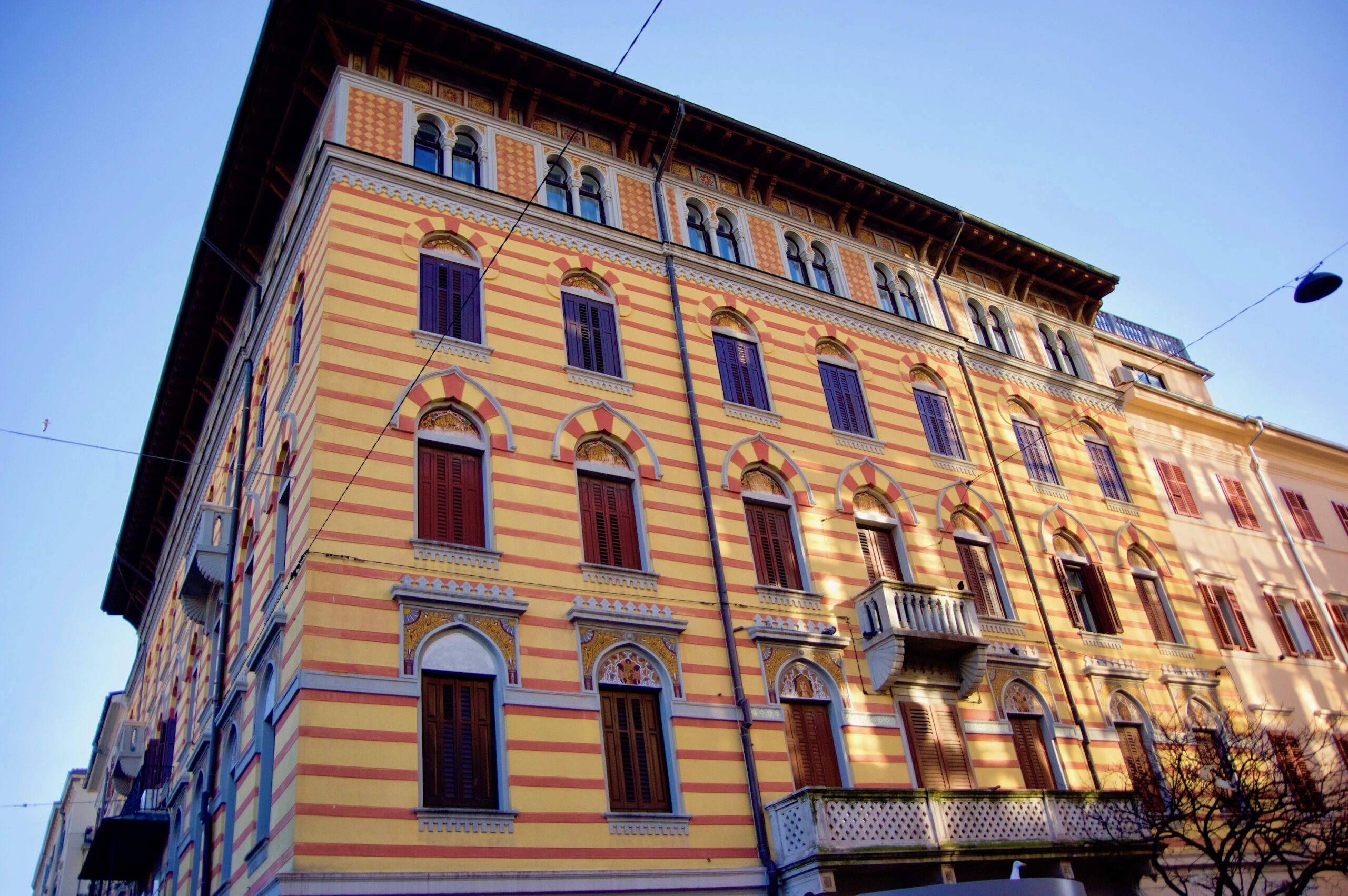Unique in the world, the Ideal Palace has inspired artists for more than a century. Independent from any artistic trend, built with no architectural rules, the Ideal Palace has been admired by the Surrealists and is considered as an Outsider Art work. He has been classified Historical Monument in 1969 by André Malraux, French Minister for Cultural Affairs at that time under Naïve Art.
While he was on his way to deliver mail in April 1879, Cheval trips on a large stone. Its unusual shape appealed to him, and he set about collecting other singluar stones in the area. Inspired by the sculptures made by Nature, Cheval decided that he too could create beautiful shapes with stones.
For the next 33 years, this postman who dropped from school at age 13 single-handedly constructed what he called his Temple of Nature. He used a wheelbarrow to carry stones and often worked at night with an oil lamp.
Mr Cheval also built his own mausoleum in the same style at the local cemetery.
Shortly before his death, Cheval began to receive some recognition from renowned artists like André Breton and Pablo Picasso. In 1969, André Malraux, the Minister of Culture, declared the Palais a cultural landmark and had it officially protected. In 1986, Cheval appeared on a French postage stamp.
